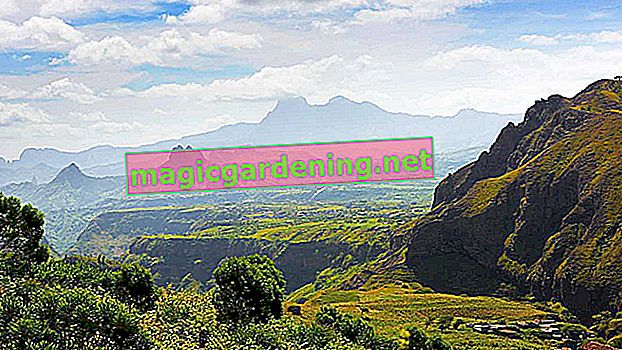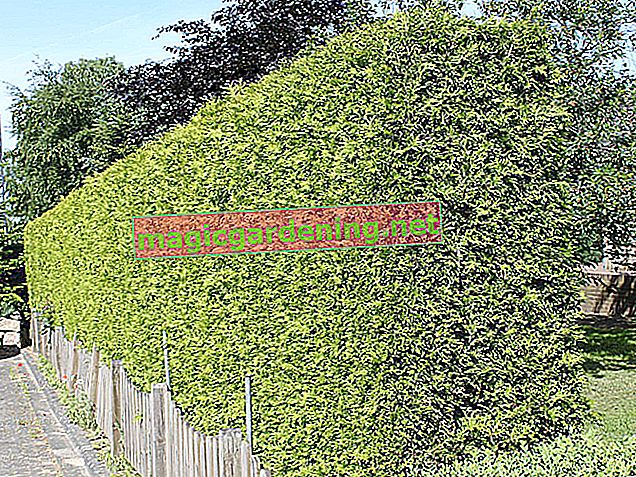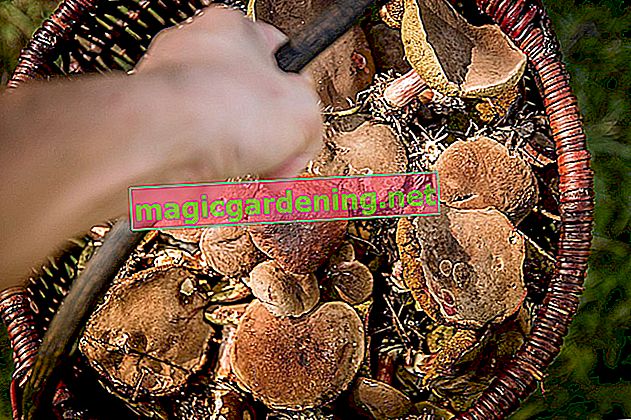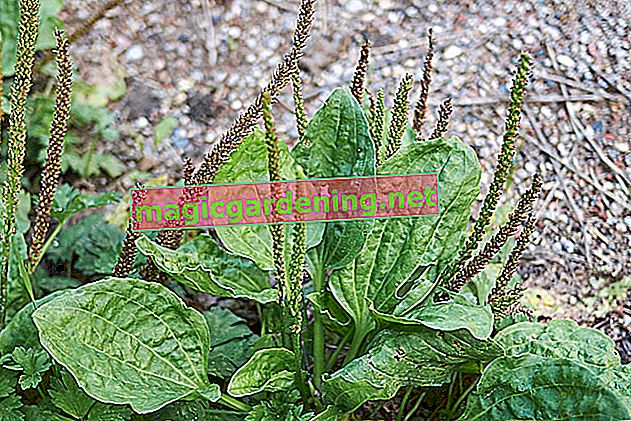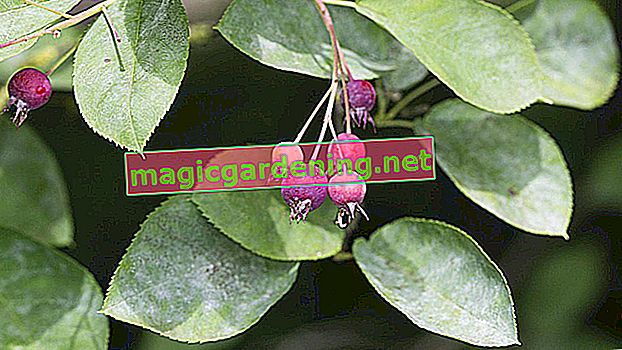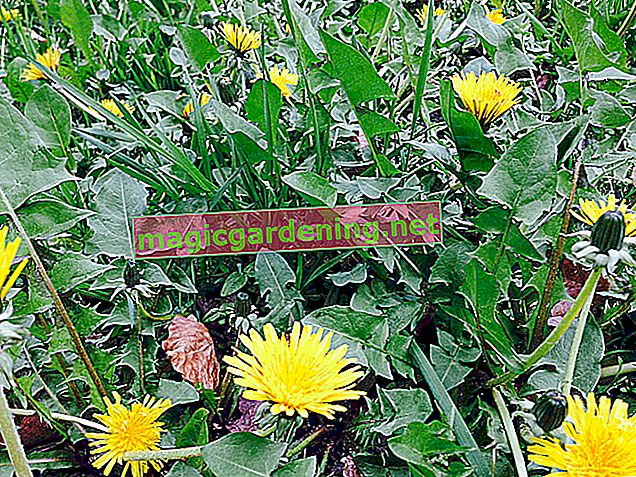
Doppelganger with killer qualities - the spotted hemlock is deadly poison
The damage to health after contact with giant hogweed is harmless compared to a highly poisonous doppelganger. Spotted hemlock (Conium maculatum) has a poison flowing through it, which even in tiny amounts can lead to death. To this day, the term hemlock is synonymous with death and perdition, because the poisonous plant was used for executions in ancient times. The most famous sacrifice was the philosopher Socrates in 399 BC. The pronounced likelihood of confusion between giant hogweed and spotted hemlock is based on the following similarities:
- Both plants belong to the umbelliferae
- Height from 80 to 300 cm
- The white, radial umbels bloom from June
- Hollow stem with red spots or red spots
- Large, green, pinnate leaves
also read
- These plants look confusingly similar to an amaryllis
- Confusing yarrow with similar-looking plants: dangerous!
- Fight hogweed successfully - this is how you remove giant hogweed correctly
Since contact with giant hogweed is not fatal, but can cause skin burns, we recommend rigorously removing both plants from the garden. Put on protective clothing, eye protection and boots and completely destroy all plant remains.
Dog parsley at eye level with hemlock
Dog parsley (Aethusa cynapium) can also hardly be distinguished from giant hogweed. In terms of toxicity, the dreaded weed is of course on par with the spotted hemlock. The likelihood of confusion with kitchen parsley, however, is much greater.
Harmless floral counterparts are in the majority - just don't panic
Do not be unsettled by the numerous warnings about giant hogweed and its poisonous counterparts. Indeed, the vast majority of similar plants are perfectly safe and important for ecological balance. The following overview lists non-toxic plants that look deceptively similar to hogweed:
- Forest angelica (Angelica sylvestris), a traditional medicinal plant
- Wild carrot (Daucus carota subsp. Carota), the forerunner of our cultivated carrot
- Meadow chervil (Anthriscus sylvestris), a popular herb plant
- Great Bibernelle, Great Pimpernelle (Pimpinella major), with spicy-aromatic leaves for salads and as a spice
- Wild fennel (Foeniculum vulgare var. Vulgare), the white flowering progenitor of yellow flowering garden fennel
- Sweet umbel (Myrrhis odorata), the versatile plant for the natural vegetable garden
A frequently misunderstood doppelganger von Bärenklau should not be missing from this list. Ground elder (Aegopodium podagraria) is much better than its reputation. Instead of vigorously combating the vigorous plant as a weed, ecologically-minded house gardeners with a weakness for natural cuisine have discovered groundwater as a tasty wild vegetable.
Tips
The appearance of giant hogweed or spotted hemlock is not subject to notification despite the potential danger. If you discover one of the two plants in the field and in the forest, we recommend that you report the location to the environmental office or public order office. The immediate control prevents further spread and prevents children playing from being harmed.


